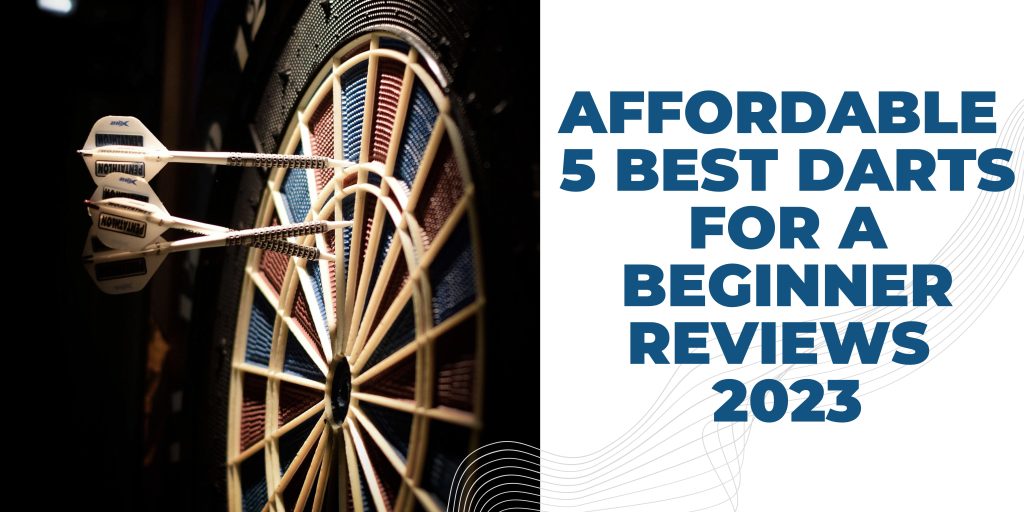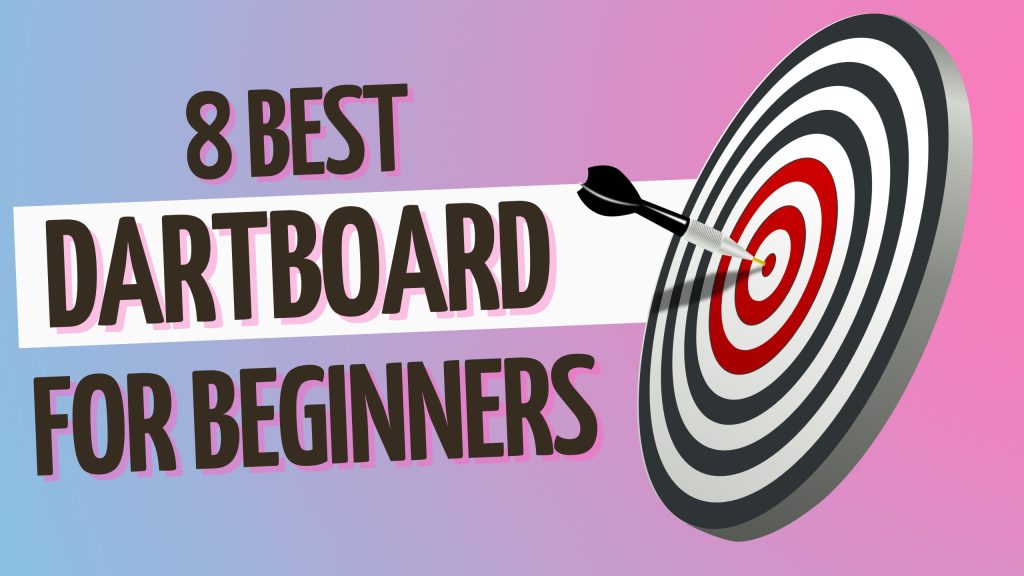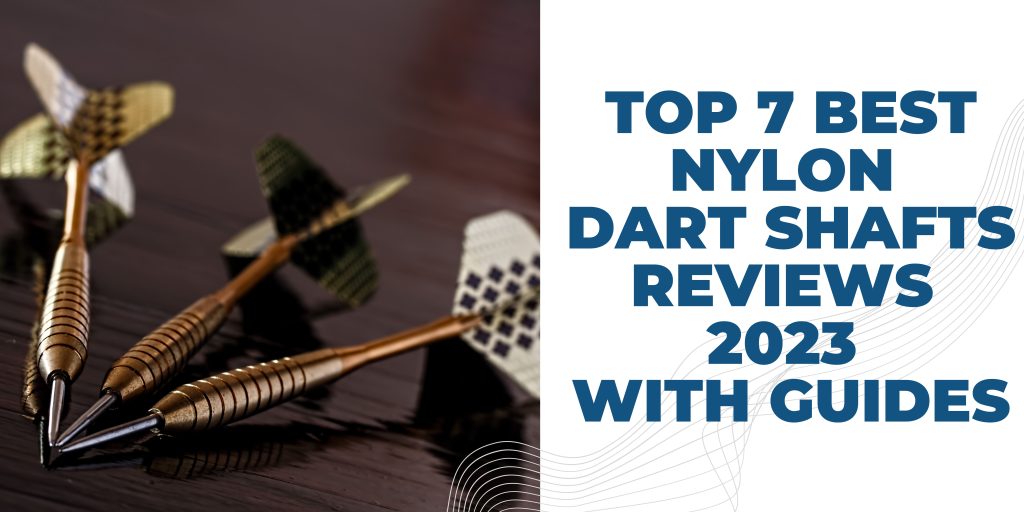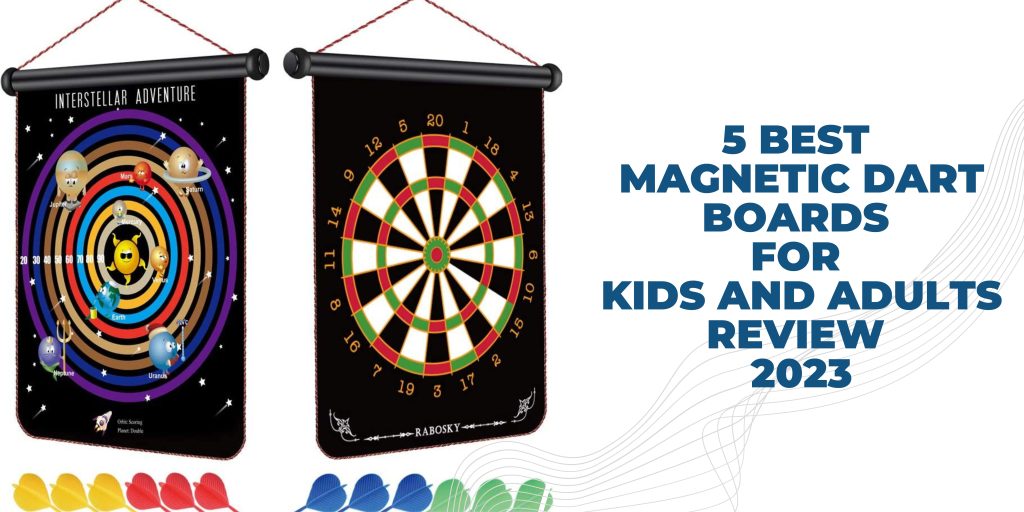Darts can be a lot of fun, but if you don’t know how to hold them properly, you’ll end up spending more time frustrated with your throws than enjoying the game. In this post, we’ll go over the basics of proper dart grip and how to hold a dart, so that you can start playing like a pro.
When you’re holding your dart, you want to grip it firmly but not too tightly. You should be able to feel the weight of the dart in your hand, but your grip shouldn’t be so tight that your muscles are tense. If you’re gripping the dart too tightly, you won’t be able to throw it with accuracy.
Read More: best steel tip dartboard reviews
How Your Dart Grip Affects Your Throw

- The way you grip your dart will have a big impact on the accuracy of your throw. If you’re not gripping the dart properly, you won’t be able to control it as it leaves your hand. This can lead to wild throws that go off in all sorts of directions.
- To get the most accurate throws, you want to grip the dart so that it’s resting on your fingertips. This may take some practice to get used to, but it’s the best way to ensure that you have control over the dart.
- Gripping the dart too tightly is also a major cause of elbow pain. When you grip the dart tightly, you’re putting unnecessary strain on your elbow joint. This can lead to pain and inflammation, and it can even cause long-term damage to the joint.
Read More: Advanced dart throwing techniques
Tips For Improving Your dart grip styles
If you’re having trouble with your grip, there are a few things you can do to improve it.
- Make sure that you’re holding the dart correctly.
- Try using a lighter dart. A heavier dart is more difficult to control, so it’s easier to grip too tightly.
- Try using a softer grip. A softer grip will allow you to hold the dart more securely without putting too much pressure on your elbow joint.

Accurate Dart Aim And More Importantly Grip
One of the most important aspects of playing darts is having a good grip. This allows you not only to have more control over your throws but also to aim more accurately. Let’s take a look at how you can improve your grip for better dart performance all around.
There are three different types of grips that players use:
2-finger grip:
The first is the traditional grip which involves holding the dart between your thumb and index finger. Your other fingers should be extended outwards to act as a stabilizer.
3-finger grip:
The second grip is similar to the first but your middle finger is also used to help support the dart. it is also called middle grip darts.
4-finger grip:
The third and final grip is known as the hammer grip. As the name suggests, you hold the dart-like you would a hammer – with your thumb wrapped around the back of the barrel and your index finger extended outwards.
One final tip if you’re having trouble hitting the bullseye, try aiming for the top of the dartboard. The bullseye is actually the easiest part of the dartboard to hit, so if you’re having trouble hitting it dead-on, aim a bit higher.
Which grip you use is ultimately up to personal preference. However, beginners may want to start with the traditional grip as it’s simpler and easier to master. Once you’ve got a good handle on your grip, you can experiment with the other grips to see which one works best for you.
How to grip your dart complete video
The Dart Is Divided Into Four Parts

Point:
The point is the sharp tip of the dart that sticks into the target. because it embeds in the dartboard when you throw it toward the board. you should be a sharp edge.
Barrel:
The barrel is the heavy part of the dart that helps you in gripping and the barrel is the thickest part of the dart and is what you hold onto when you throw.
Shaft:
The shaft portion is present behind the barrel. it is a little bit slim part and lightweight. The shaft is the thin rod that connects the barrel to the flight.
Flight:
The flight is the plastic or feathery tail that stabilizes the dart in flight and provides direction and helps darts to move in the air.
Related Faqs

I am Ahmad. I live in the united states. I am founder of Dartboard.reviews. Dartboard started from a discussion between many friends. they love to play dartboard then we decided to provide tips and tricks about this game. we also want to provide the best dartboard if anyone likes to play.
if you want to know about us more then you can visit our about us page.









